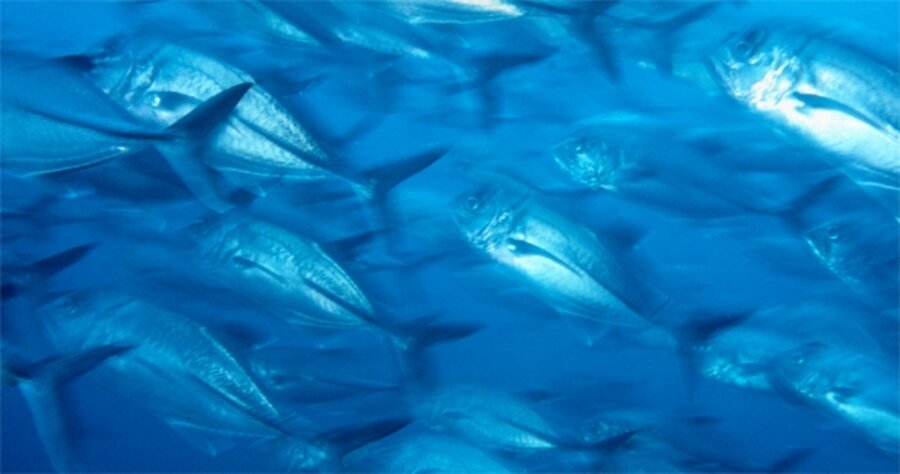Warming seas create a massive chemistry experiment
Loading...
Global warming of the sea is affecting the atmosphere and ocean in subtle ways, adding a new dimension to the concept of global change.
As carbon dioxide accumulates in the air, more of it dissolves into the sea. This gradually increases sea-water acidity. Biologists have been concerned about what this could do to corals and other animals that have adapted to live in fairly constant marine conditions. Now scientists also have to take account of changes to seawater chemistry.
Keith Hester and colleagues, who are exploring ocean acidity at the Monterey Bay Aquarium Research Institute (MBARI) in Moss Landing, Calif., explained this new perspective earlier this month in Geophysical Research Letters.
"The waters of the upper ocean are now undergoing an extraordinary transition in their fundamental chemical state at a rate not seen on Earth for millions of years, and the effects are being felt not only in biological impacts but also on basic geophysical properties, including acoustics," they note.
Seawater chemistry affects how water absorbs sound. It's a poorly understood process in which a variety of chemical interactions determines how molecules absorb sound at specific frequencies. Increasing seawater acidity favors transmission of low- to mid-frequency sound. Marine mammals rely on sound in this range to communicate and to find food and mates.
According to the MBARI announcement, its research team estimates "that sound already may travel 10 percent farther in the oceans than it did a few hundred years ago." The team projects that by midcentury, sound may travel as much as 70 percent farther than it does today.
It's unknown how this might affect the behavior of marine mammals. But this research, as the announcement points out, "shows once again how human activities [such as CO2 pollution] are affecting Earth in far-reaching and unexpected ways."
You can say that about the reach of sea surface warming into the tropical stratosphere, an atmospheric layer that begins seven to 10 miles above ground and extends to approximately 30 miles. Circulation of air and moisture that rises in the tropics into the stratosphere spreads out and then sinks back down in higher latitudes. This wind pattern, a basic aspect of our climate system, is called the Brewer-Dobson circulation. Global warming is apparently changing this pattern in ways not fully understood. In a research review in Science two weeks ago, Rudolf Deckert and Martin Dameris at Germany's Institute for Atmospheric Physics note that this basic circulation seems to be accelerating.
This development would not only change key physical aspects of atmospheric circulation, it could also redistribute and otherwise change the chemical composition of the air from the stratosphere down to the ground.
"[The] Brewer-Dobson circulation is likely to intensify in a future climate with higher SSTs [sea surface temperatures], with implications not only for the chemical composition and climate of the stratosphere but also at Earth's surface," the review authors explain.
It seems that CO2 pollution is not only an inadvertent climate experiment, it's also the biggest chemistry experiment we've ever run.





